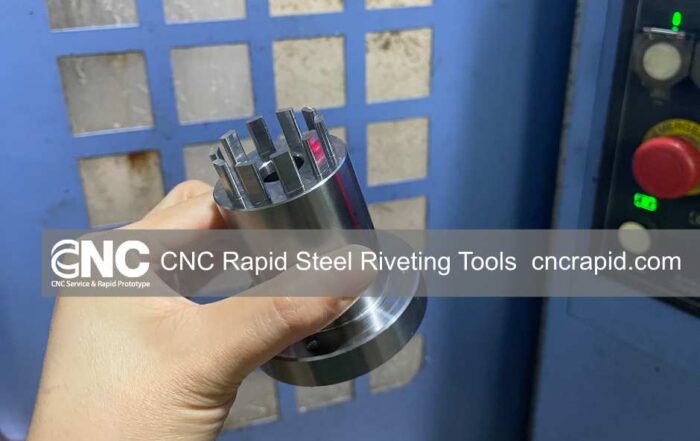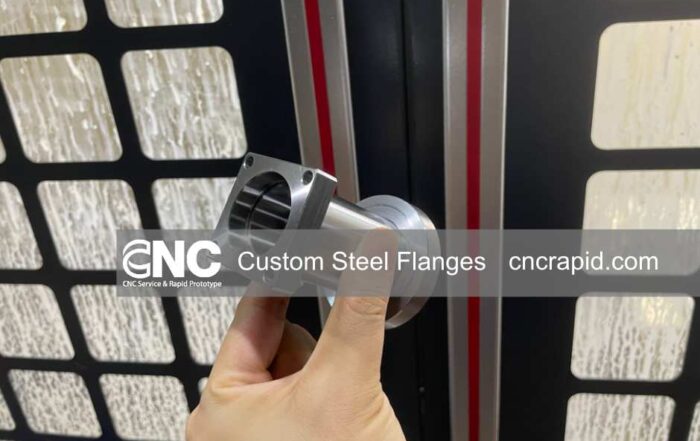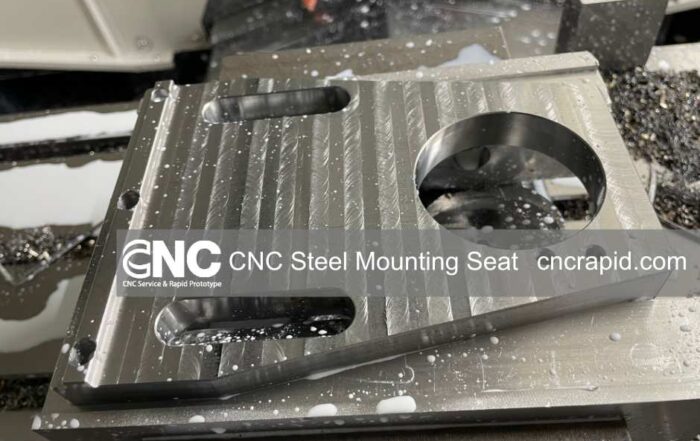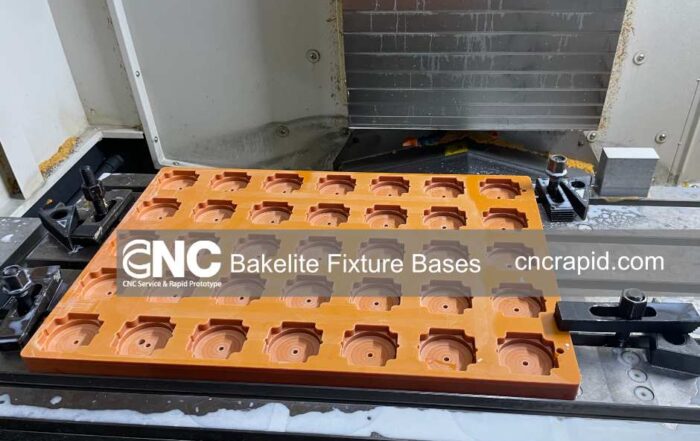The Role of 5-Axis CNC in Production
5-Axis CNC machining introduces two additional rotational axes, allowing for intricate machining with minimal setups. This advanced technology offers unparalleled precision, enabling engineers to produce complex geometries and designs efficiently.
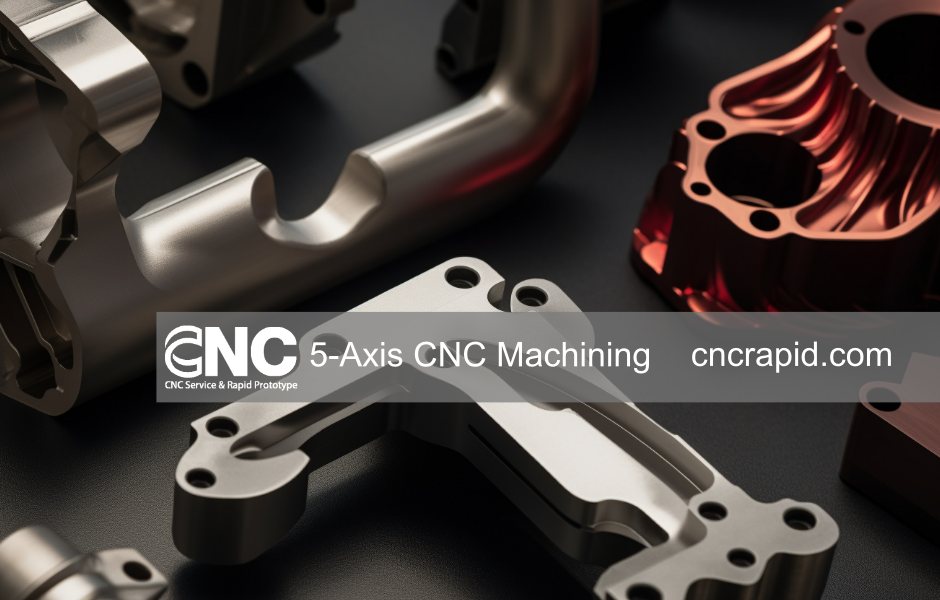
5-Axis CNC Machining: Advancing Precision in Modern Engineering
Advanced manufacturing has seen the rise of 5-Axis CNC machining as a testament to engineering prowess. Offering unparalleled precision and complexity, this technology is reshaping how engineers approach design and production. This article delves into the intricacies and advantages of 5-Axis CNC machining.
Understanding 5-Axis CNC Machining: Unlike its 3-Axis and 4-Axis counterparts, 5-Axis CNC machining introduces two additional rotational axes, typically referred to as the A and B axes. This allows for tool movement in five different directions simultaneously, enabling intricate machining with minimal setups. The continuous five-axis movement ensures that the cutting tool remains tangent to the cutting surface, allowing for more complex and smoother cuts.
The Depth of 5-Axis Machining:
- Simultaneous Movement: All five axes can operate simultaneously, allowing for intricate and rapid machining.
- Flexibility: The machine can pivot the tool or the workpiece, granting access to tough-to-reach angles and applications.
- Reduced Tool Vibration: The shorter cutting tools used can operate at higher cutting speeds with reduced vibration, ensuring a better surface finish.
Key Advantages:
- Complex Geometries: The ability to machine intricate parts from multiple angles in a single setup.
- Reduced Setup Time: Fewer setups translate to faster production cycles and reduced error margins.
- Superior Surface Finishes: The continuous tool path ensures smoother finishes, especially for intricate designs.
- Optimized Tool Life: Efficient tool paths result in reduced tool wear.
Applications in Engineering: 5-Axis CNC machining is pivotal in industries demanding high precision and complex geometries. Aerospace components, automotive prototyping, and intricate molds are just a few areas where this technology shines. Its capabilities also extend to producing sculptures, orthopedic implants, and turbine blades.
Challenges in 5-Axis Machining: While the advantages are numerous, mastering 5-Axis CNC machining comes with its challenges. These include:
- Advanced programming requirements.
- The need for specialized software.
- Ensuring consistent precision across all axes.
Stay Updated with Our Latest
Keep the momentum of learning going! Here are some of our latest articles that complement what you’ve just read.
What Is a Riveting Head? CNC Machined Steel Riveting Tools Explained
At CNC Rapid, we recently completed several batches of custom-machined steel components. Among them, a few parts are called “rivet heads”, a name that often causes confusion. Many people think of rivet heads as the [...]
1045 Steel Rod-End Cap CNC Machined Part
This part supports and guides the piston rod, carries the dust wiper and primary seals, and bolts to the cylinder tube via a flanged pattern. Below is a practical overview of material choice, machining process, [...]
Custom 40Cr Steel Flanges and Housings Machining
At CNC Rapid, we specialize in custom steel flanges and housings machining, providing engineers, designers, and manufacturers with high-quality CNC parts for both prototyping and production. Steel remains one of the most widely used materials [...]
Custom CNC Machined Steel Mounting Seat
At CNC Rapid, we provide precision CNC machining services for a wide range of custom metal components. One of our recent projects is a custom CNC Machined Steel Mounting Seat, carefully engineered and machined to [...]
Aluminum Sensor Block Manufacturing: Precision CNC Machining with CNC Rapid
An aluminum sensor block is the compact manifold that ties multiple pressure-, temperature- or flow-sensing elements into one rigid housing. Whether it sits in a hydraulic power pack, an automotive oil circuit, or a laboratory [...]
Bakelite Fixture Bases: CNC Rapid’s Phenolic CNC Machining Services
CNC Rapid supplies precision-machined components to automation, semiconductor and medical-device engineers in Europe, North America and Australia. Typical lead times: 3 – 5 working days for prototypes, 7 – 12 working days for small batches [...]

